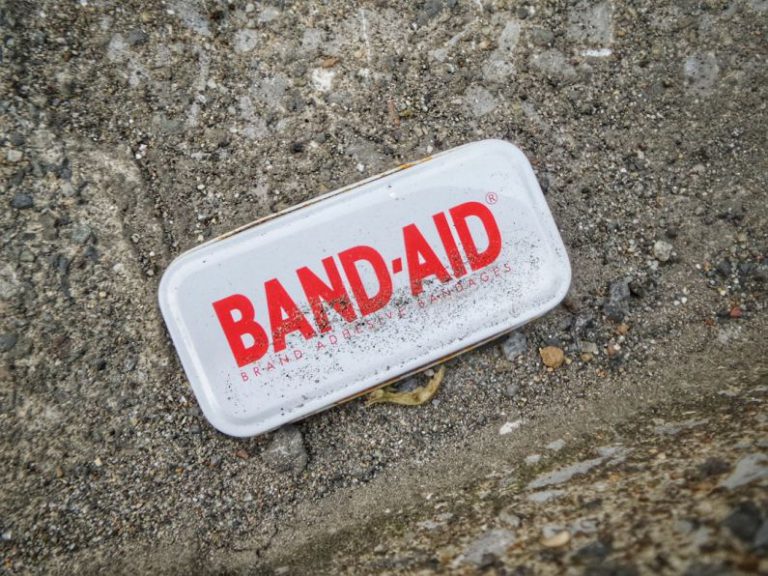Understanding Retread Tire Ratings and What They Mean for You
Retread tires are a cost-effective and environmentally friendly alternative to purchasing brand new tires. However, when considering retread tires, it is essential to understand the various ratings associated with them to ensure you are making an informed decision. These ratings provide valuable information about the tire’s performance, safety, and durability. By knowing what these ratings mean, you can select the right retread tire for your vehicle that meets your specific needs and requirements.
Understanding Tread Wear Rating
The tread wear rating is a numerical value that indicates the tire’s expected lifespan based on its wear performance compared to a reference tire. This rating is determined through standardized tests and is typically displayed as a 3-digit number, with higher numbers indicating longer tread life. For example, a tire with a tread wear rating of 400 is expected to last twice as long as a tire with a rating of 200 under the same conditions.
It is important to note that the tread wear rating is a relative measure and may not directly translate to the actual number of miles a tire will last. Factors such as driving habits, road conditions, and maintenance practices can also impact tire wear. Therefore, it is crucial to consider the tread wear rating in conjunction with other ratings and factors when selecting retread tires for your vehicle.
Interpreting Traction Rating
The traction rating of a tire indicates its ability to grip the road surface under wet conditions. This rating is classified into three categories: AA, A, and B, with AA being the highest level of traction. Tires with a higher traction rating provide better grip on wet roads, reducing the risk of skidding and improving overall safety. When selecting retread tires, especially for vehicles that frequently encounter wet or slippery road conditions, opting for tires with a higher traction rating can enhance driving performance and safety.
Deciphering Temperature Rating
The temperature rating of a tire reflects its ability to dissipate heat and maintain stability at high speeds. This rating is also categorized into three levels: A, B, and C, with A being the highest level of heat resistance. Tires with a higher temperature rating can better withstand heat build-up, reducing the risk of tire failure due to overheating. When choosing retread tires, particularly for vehicles that often travel at high speeds or carry heavy loads, selecting tires with a higher temperature rating is crucial to ensure optimal performance and safety.
Understanding Load Index and Speed Rating
In addition to the tread wear, traction, and temperature ratings, retread tires also come with load index and speed rating specifications. The load index indicates the maximum weight a tire can support, while the speed rating denotes the maximum speed at which the tire can safely operate. It is essential to select retread tires with load index and speed ratings that meet or exceed the requirements of your vehicle to ensure safe and reliable performance.
Making an Informed Decision
When considering retread tires for your vehicle, it is essential to understand and consider the various ratings associated with them. By interpreting the tread wear, traction, temperature, load index, and speed ratings, you can make an informed decision that aligns with your driving habits, road conditions, and vehicle specifications. Selecting retread tires that meet your specific needs and requirements can not only save you money but also contribute to a more sustainable and environmentally friendly transportation choice.
In conclusion, understanding retread tire ratings is key to selecting the right tires for your vehicle. By interpreting these ratings and considering their implications on performance, safety, and durability, you can make a well-informed decision that enhances your driving experience. Whether you prioritize tread life, wet traction, heat resistance, load capacity, or speed capabilities, each rating plays a crucial role in determining the overall quality and suitability of retread tires for your vehicle. Make sure to review and compare these ratings when shopping for retread tires to ensure you find the best match for your driving needs.






